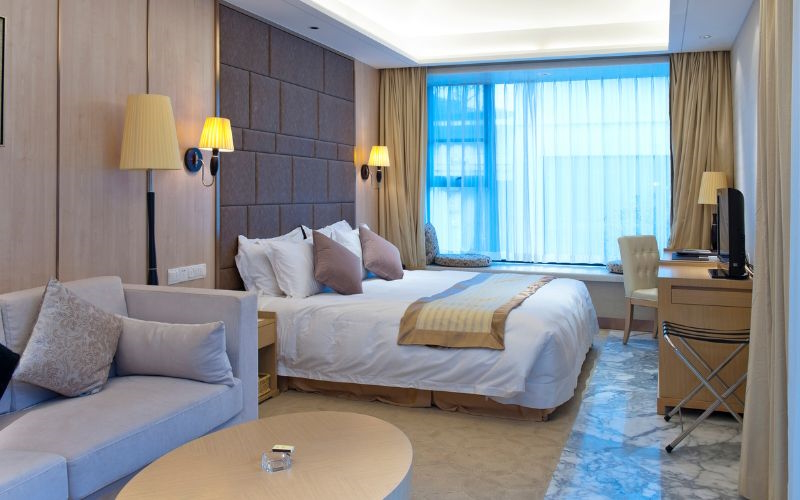Maximizing revenue: strategies for optimizing hotel room pricing

Generating more revenue with hotel rates is a task that requires planning and strategy. This guide will offer tips and suggestions on how to improve hotel room rates and maximize property revenue. You will learn how to maximize package pricing, how to improve profitability and how to make the most of your offerings.
Key factors in rate setting for the hospitality industry
Hotel rates are a crucial aspect of the hospitality industry, as they allow hotels to measure their profitability and make pricing decisions. Setting appropriate rates requires careful analysis of several factors to ensure that prices are fair, competitive and in line with market trends. Below are some of the main key factors in setting hotel rates:
Cost: One of the main factors to consider when setting room pricing is the cost of running a hotel. This includes the costs of labor, maintenance, and amenities.
Value for the customer: Another important consideration in setting prices is the value the customer can obtain from the hotel stay. Pricing should take into account the value the customer receives for his money, such as quality of service, room amenities, and location.
Competition: Studying the competitive landscape is essential to setting competitive rates. This includes examining the prices of similar hotels and services offered by competitors to ensure that the price is in line with market prices.
Profit margins: Finally, pricing must also allow the hotel to earn a reasonable profit margin. This means that the price should not be too low, as this would make it difficult for the hotel to make a profit and stay afloat. On the other hand, the price should also not be too high so as not to discourage potential customers.
Operating costs: These are the costs necessary to operate a hotel, from the costs of labor to the costs of amenities and maintenance. These costs are a decisive factor in determining rates, as prices must be high enough to cover operating costs while still remaining competitive with other hotels in the area.
Time of year: The time of year can have a major impact on pricing. For example, prices for hotel rooms tend to be higher during peak travel seasons, while prices tend to be lower during off-peak seasons. This is because customers are willing to pay higher prices during peak season due to higher demand.
Special events: Some hotels also adjust their rates to accommodate special events. For example, some hotels offer reduced prices during weekdays or during local festivals. This can help hotels attract more customers during these special events.
Influencer marketing: Another strategy that hotels can use to increase revenue through their room rates is by leveraging influencer marketing. By working with social media influencers and bloggers to promote their hotel, they can reach a larger audience and attract more bookings.
Conclusion
To generate more revenue with hotel rates, it is important for hotels to stay on top of market trends, offer competitive and fair prices, and provide value to the customers. Hotels should also be flexible enough to adapt to customers' needs and be willing to experiment with different pricing strategies. Additionally, leveraging influencer marketing can be an effective way to attract more bookings and increase revenue.







